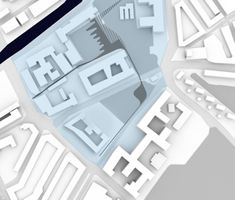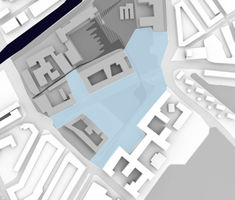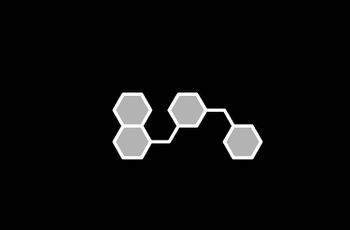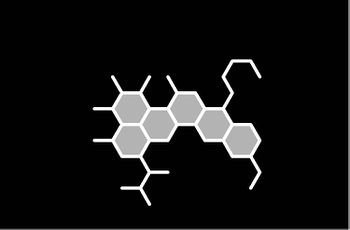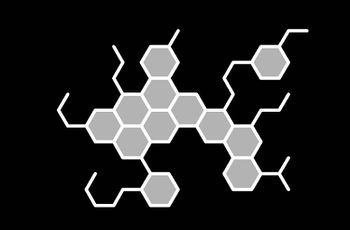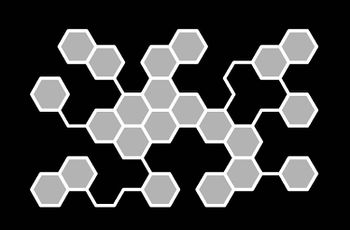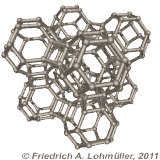project J:Positive
(→Truncated Octahedron) |
|||
| Line 51: | Line 51: | ||
===Truncated Octahedron=== | ===Truncated Octahedron=== | ||
| − | |||
| + | <div style="float:left; width: 330px;">[[File:Oc.gif|300px]]</div> The solid that we have chosen to investigate the creation of iterative structures is the truncated octahedron | ||
| + | |||
| + | |||
| + | <br> <br> <br> <br> <br> <br> <br> <br> <br> <br> <br> <br> <br> <br> <br> | ||
[[Atom10:Home| Back to Home]] | [[Atom10:Home| Back to Home]] | ||
Revision as of 13:08, 17 October 2011
Contents |
Where: interstitial spaces
What: parasitic architecture
Parasitic proliferation
We want to create a parasitic architecture. The growth process of the parasite could be inspired by the fungal colonies and is based on the rules of the diffusion‐limited aggregation extended to support force analysis and maintain structural stability.
Parasiticdefine= having the nature or habits of a parasite or leech; living off another.
Parasitic architecture= an adaptable, transient and exploitive form of architecture that forces relationships with host buildings in order to complete themselves"
"In general terms the parasite has to take up a position within the body, that is, it inserts itself into the spaces, the organs, that the host body provides. As such the grid of the body, its natural contours, boundaries and edges will not be recognized by the parasite. The parasite has to survive within the body and the condition of that survival would be its refusal to recognize lines that mark out pre-existing edges and boundaries, and in refusing specific edge conditions the parasite constructs its own edge conditions, and thus creates new boundaries."
How: modular system
Parasitic architecture allows the creation of flexible structures ,demountable and recyclable, that offer answers to the problem of the need of temporary accommodations. Additionally, modular systems potentially provide forms with great complexity out of simplicity. This project investigates the evolution of self‐sustained parasitic structures that evolve by creating aggregation forms well adapted to their hosts.
The modular development of forms, capable to adapt to the built environment but at the same time disruption existing flows, provides easy and low‐cost solutions for extending and rejuvenating architectural space.
Modulus
We want that important that the structure could be demountable and recyclable.
For this reason we have investigated different kind of solid that we can use for an iterative model.
| The inspiration: foldable boat
| Achille Castiglioni's Taraxacum
Truncated Octahedron
The solid that we have chosen to investigate the creation of iterative structures is the truncated octahedron

